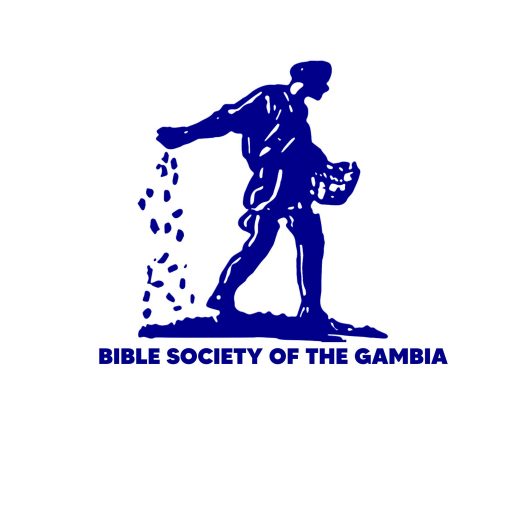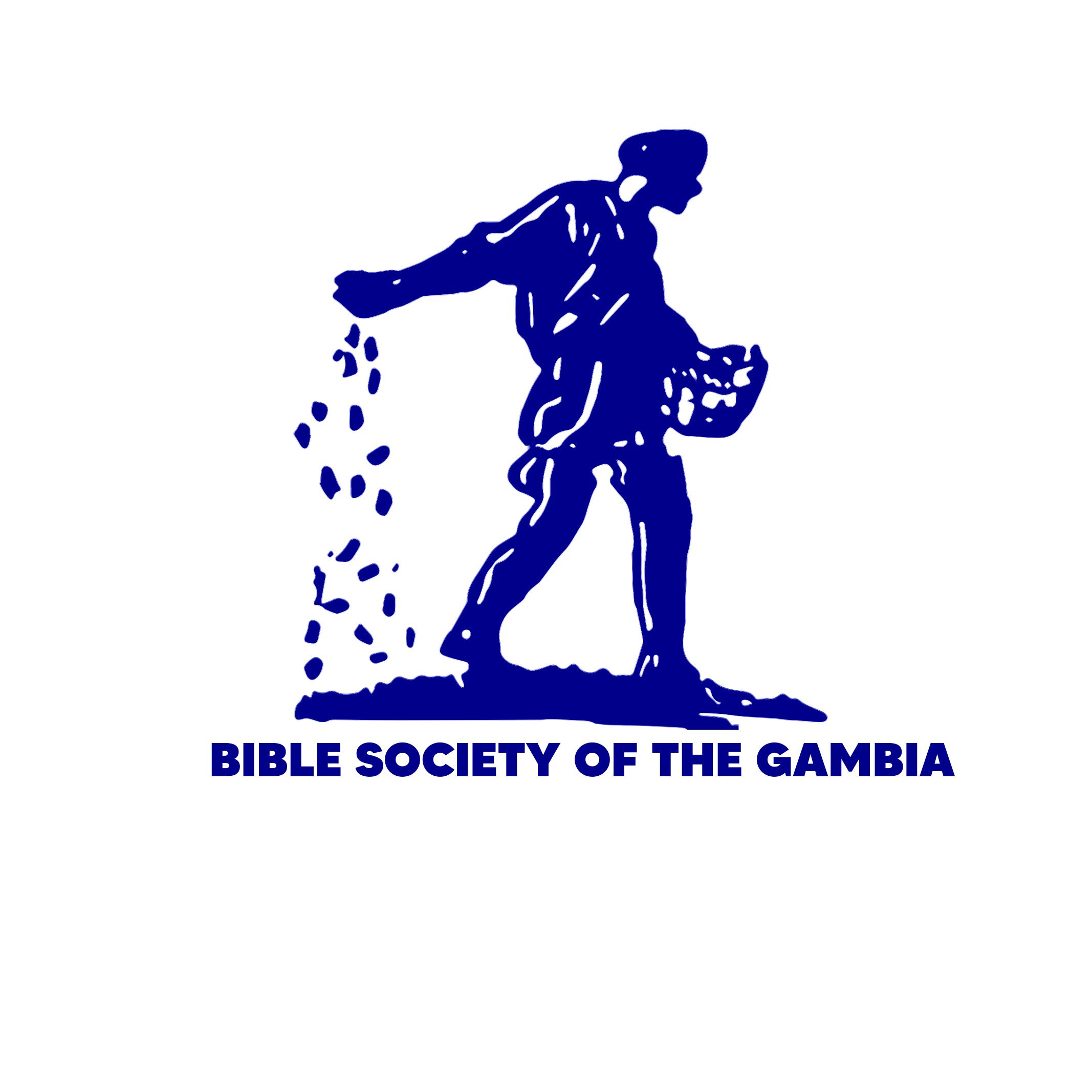The Jews Destroy Their Enemies
1 The first law that the king had made was to be followed on the thirteenth day of Adar, the twelfth month. This was the very day that the enemies of the Jews had hoped to do away with them. But the Jews turned things around, 2 and in the cities of every province they came together to attack their enemies. Everyone was afraid of the Jews, and no one could do anything to oppose them.
3 The leaders of the provinces, the rulers, the governors, and the court officials were afraid of Mordecai and took sides with the Jews. 4 Everyone in the provinces knew that the king had promoted him and had given him a lot of power.
5 The Jews took their swords and did away with their enemies, without showing any mercy. 6-10 They killed 500 people in Susa, but they did not take anything that belonged to the ones they killed. Haman had been one of the worst enemies of the Jews, and ten of his sons were among those who were killed. Their names were Parshandatha, Dalphon, Aspatha, Poratha, Adalia, Aridatha, Parmashta, Arisai, Aridai, and Vaizatha.
11 Later that day, someone told the king how many people had been killed in Susa. 12 Then he told Esther, “Five hundred people, including Haman's ten sons, have been killed in Susa alone. If that many were killed here, what must have happened in the provinces? Is there anything else you want done? Just tell me, and it will be done.”
13 Esther answered, “Your Majesty, please let the Jews in Susa fight to defend themselves tomorrow, just as they did today. And order the bodies of Haman's ten sons to be hanged in public.”
14 King Xerxes did what Esther had requested, and the bodies of Haman's sons were hung in Susa. 15 Then on the fourteenth day of Adar the Jews of the city got together and killed 300 more people. But they still did not take anything that belonged to their enemies.
16-17 On the thirteenth day of Adar, the Jews in the provinces had come together to defend themselves. They killed 75,000 of their enemies, but the Jews did not take anything that belonged to the ones they killed. Then on the fourteenth day of the month the Jews celebrated with a feast.
18 On the fifteenth day of the month the Jews in Susa held a holiday and celebrated, after killing their enemies on the thirteenth and the fourteenth. 19 This is why the Jews in the villages now celebrate on the fourteenth day of the month. It is a joyful holiday that they celebrate by feasting and sending gifts of food to each other.
The Festival of Purim
20 Mordecai wrote down everything that had happened. Then he sent letters to the Jews everywhere in the provinces 21 and told them:
Each year you must celebrate on both the fourteenth and the fifteenth of Adar, 22 the days when we Jews defeated our enemies. Remember this month as a time when our sorrow was turned to joy, and celebration took the place of crying. Celebrate by having parties and by giving to the poor and by sharing gifts of food with each other.
23 They followed Mordecai's instructions and set aside these two days every year as a time of celebration.
The Reason for the Festival of Purim
24 Haman was the son of Hammedatha and a descendant of Agag. He hated the Jews so much that he planned to destroy them, but he wanted to find out the best time to do it. So he cast lots.
25 Esther went to King Xerxes and asked him to save her people. Then the king gave written orders for Haman and his sons to be punished in the same terrible way that Haman had in mind for the Jews. So they were hanged. 26 Mordecai's letter had said that the Jews must celebrate for two days because of what had happened to them. This time of celebration is called Purim, which is the Hebrew word for the lots that were cast. 27 Now every year the Jews set aside these two days for having parties and celebrating, just as they were told to do. 28 From now on, all Jewish families must remember to celebrate Purim on these two days each year.
29 Queen Esther, daughter of Abihail, wanted to give full authority to Mordecai's letter about the Festival of Purim, and with his help she wrote a letter about the feast. 30 Copies of this letter were sent to Jews in the 127 provinces of King Xerxes. In the letter they said:
We pray that all of you will live in peace and safety.
31 You and your descendants must always remember to celebrate Purim at the time and in the way that we have said. You must also follow the instructions that we have given you about mourning and going without eating.
32 These laws about Purim are written by the authority of Queen Esther.
Yahuudoolu ye ì jawoolu kasaara
1 Saŋo kari taŋ niŋ fulanjaŋo, meŋ mu Adari karoo ti, a tili taŋ niŋ sabanjaŋo luŋo la, mansa la kankulaaroo ñanta ke la wo luŋo le la. Ñiŋ luŋo le Yahuudoolu jawoolu ye a miira ko, itolu le be ì noo la, bari kuwolu yelemata le, Yahuudoolu sawoo loota ì jawoolu ma. 2 Yahuudoolu benta ì la saatee baalu to le taariŋ Mansa Ahasuweru la kumandaŋ bankoolu bee kaŋ, ka moolu kele mennu lafita ka ì kasaara. Hani moo le buka i loo ì fee, kaatu bankoolu bee la moolu maŋ haañi ì la. 3 Siyolu la kuntiyolu, maralilaalu, kumandaŋolu aniŋ mansa la dookuulaalu ka Yahuudoolu maakoyi le, kaatu ì silata Moridekayi la le. 4 Moridekayi semboo warata mansa la buŋo to le, a la kuwo janjanta mansa la kumandaŋ bankoolu bee kaŋ, aduŋ a dawuloo naata wuli laalaa.
5 Yahuudoolu ye ì jawoolu bee faa niŋ hawusaroo* le la ka ì kasaara, aduŋ meŋ diyaata ì ye, ì ye wo le ke moolu la mennu ye ì koŋ. 6 Yahuudoolu ye moo keme luulu le faa ka ì kasaara Susa tatoo kono.
7-10 Hammedata dinkewo Hamani, Yahuudoolu jawoo, ì ye wo fanaa dinkee taŋo faa le. Ì toolu mu Parisandata, Dalifoni, Asipata, Porata, Adaliya, Aridata, Paamasita, Arisayi, Aridayi, aniŋ Fayisata le ti. Bari ì maŋ ì buloo laa ì la sotofeŋolu kaŋ.
11 Wo luŋ kiliŋo la moo meŋ nankamoo faata Susa tatoo kono, ì ye a saata mansa ye le. 12 Mansa ko Mansamusoo* Esita ye ko, “Yahuudoolu ye moo keme luulu le faa ka ì kasaara, aniŋ Hamani dinkee taŋo, aduŋ a keta Susa tatoo doroŋ ne kono. Ì ye muŋ ne ke mansa la kumandaŋ banku toomaalu to? Saayiŋ duŋ i hame kuwo mu muŋ ne ti kotenke? A be dii la i la le. I lafita muŋ ne la? A be ke la le.”
13 Esita ye a jaabi ñiŋ ne la ko, “Niŋ a diyaata ite Mansa ye, wo to i si Susa Yahuudoolu bula ì ye a ke saama fanaa ko bii luŋo la ì ye a ke ñaameŋ, aduŋ i si yaamaroo dii ka Hamani diŋolu deŋ moo dendulaa bala.”
14 Bituŋ mansa ye ì yaamari ka ñiŋ kuwo ke. Ì ye a kankulaa Susa kono le, aduŋ ì ye Hamani dinkee taŋo deŋ ne. 15 Yahuudoolu mennu be Susa benta kotenke Adari karoo tili taŋ niŋ naaninjaŋo luŋo la, aduŋ ì ye moo keme saba le faa Susa, bari ì maŋ i buloo laa ì la sotofeŋolu kaŋ.
16 Wo waatoo, Yahuudoo doolu mennu be nuŋ mansa la kumandaŋ mara bankoolu kaŋ fanaa benta le, ka ì faŋo tankandi, aniŋ ka dahaa ì jawoolu bulu. Ì ye ì jawu moo wuli taŋ woorowula niŋ wuli luulu le faa, bari ì maŋ ì buloo laa ì la sotofeŋolu kaŋ. 17 Ñiŋ keta Adari karoo tili taŋ niŋ sabanjaŋo luŋo le la, a tili taŋ niŋ naaninjaŋo luŋo, ì ye i foño le, aduŋ ì ye a ke feetoo niŋ seewoo luŋo le ti.
Purimu Juuraloo
18 Yahuudoolu mennu be Susa benta tili taŋ niŋ sabanjaŋo luŋo la, aniŋ tili taŋ niŋ naaninjaŋo ka keloo ke, tili taŋ niŋ luulunjaŋo luŋo ì ye ì foño. Ì ye wo ke feetoo niŋ jusulaa luŋo le ti. 19 Ñiŋ ne ye a tinna Yahuudoolu mennu be saatee banta la aniŋ saateeriŋolu to, ka Adari karoo tili taŋ niŋ naanoo ke feeti luŋo ti aniŋ jusulaa. Wo luŋo la ì ka tabiri kendoolu ke le ka ñoo niibo.
20 Moridekayi ye ñiŋ kuwolu bee safee le, aduŋ a ye leetaroolu kii Yahuudoolu bee ye le, mennu sutiyaata waraŋ ì jamfata Mansa Ahasuweru la kumandaŋ bankoolu kaŋ. 21 A ye ì yaamari le, fo saŋ-wo-saŋ ì si Adari karoo tili taŋ niŋ naanoo aniŋ tili taŋ niŋ luuloo juura. 22 Ñiŋ waatoo le Yahuudoolu tankata ì jawoolu ma. Aduŋ ñiŋ karoo le ì la sunoo yelemata ì ye kontaanoo ti, aduŋ ì la jikilateyoo yelemata ì ye feeti luŋo ti. A ye ì safee le, fo ì si ñiŋ luŋo kalamuta ka a ke feetoo niŋ kontaanoo luŋo ti. Aduŋ ì si tabiri kendoolu ke ka ñoo niibo, aniŋ ka soorifeŋolu dii fuwaaroolu la.
23 Bituŋ Yahuudoolu sonta ka tenteŋ juuraloo la ì ye meŋ dati. Moridekayi ye meŋ safee ì ye, ì ka a ke wo le ñaama. 24 Kaatu Yahuudoolu bee jawoo Hamani, Hammedata dinkewo Akaki bonsuŋo ye feeroo siti le ka Yahuudoolu kasaara. Aduŋ a ye puri fayi, wo le mu kuuriŋ fayoo ti, fo ì si ì tiñaa ì ye kasaara. 25 Bari kabiriŋ mansa ye ñiŋ feeroo kalamuta, a ye yaamari safeeriŋo le dii meŋ ye a tinna Hamani bulata a faŋo la mantooroo kono, aduŋ ì ye a niŋ a dinkewolu bee le deŋ moo dendulaa bala. 26 Wo le ye a tinna ñiŋ luŋolu ka kumandi Purimu la, a kumoo bota puri le bala. Bayiri feŋo meŋ bee safeeta ñiŋ leetaroo to, ì ye meŋ je, aniŋ meŋ keta ì la, 27 Yahuudoolu ye ñiŋ ke ì kunto dunoo le ti, ka a ke aadoo ti ì faŋolu ye, ì koomalankoolu, aniŋ moo-wo-moo kafuta ì ma. Ì maŋ ñaŋ na ñina la ñiŋ luŋ fuloo la saŋ-wo-saŋ ko ì ye a fo ì ye ñaameŋ, aniŋ ì ye waatoo meŋ fo ì ye. 28 Jamaani-wo-jamaani, dimbaayaa-wo-dimbaayaa, kumandaŋ banku-wo-kumandaŋ banku, aniŋ saatee baa-wo-saatee baa ñanta i miira la le, aniŋ ka koroosiri ke ñiŋ luŋolu la. Aduŋ Yahuudoolu maŋ ñaŋ na ñiŋ Purimu luŋolu tu la jee ì maŋ a juura, sako ì koomoo fanaa ye ñina ì la ñiŋ aadoo la.
29 Mansamusoo Esita Abihayili dimmusoo, aniŋ Moridekayi fanaa ye leetaroo safee le. Esita ye semboo ke Purimu Juuraloo la kuwo to le, Moridekayi ye meŋ safee koomanto. 30 Wo leetaroo janjanta Yahuudoolu bee le ye, mennu be Mansa Ahasuweru la kumandaŋ banku keme niŋ banku muwaŋ niŋ woorowuloo kono. Leetaroo ye kayiroo niŋ tenkuŋo le ŋaniya Yahuudoolu bee ye. 31 A ye ì niŋ ì koomalankoolu fanaa yaamari le ka Purimu Juuraloo luŋo juura a waatoo la, ko ì ka suŋo muta ñaameŋ aniŋ woosii waatoo. Moridekayi niŋ Mansamusoo Esita le ye ñiŋ yaamaroo dii. 32 Wo yaamaroo le mu ñiŋ ti ko, Yahuudoolu ñanta Purimu Juuraloo muta la le, aniŋ ì ye a safee kitaaboo kono.

